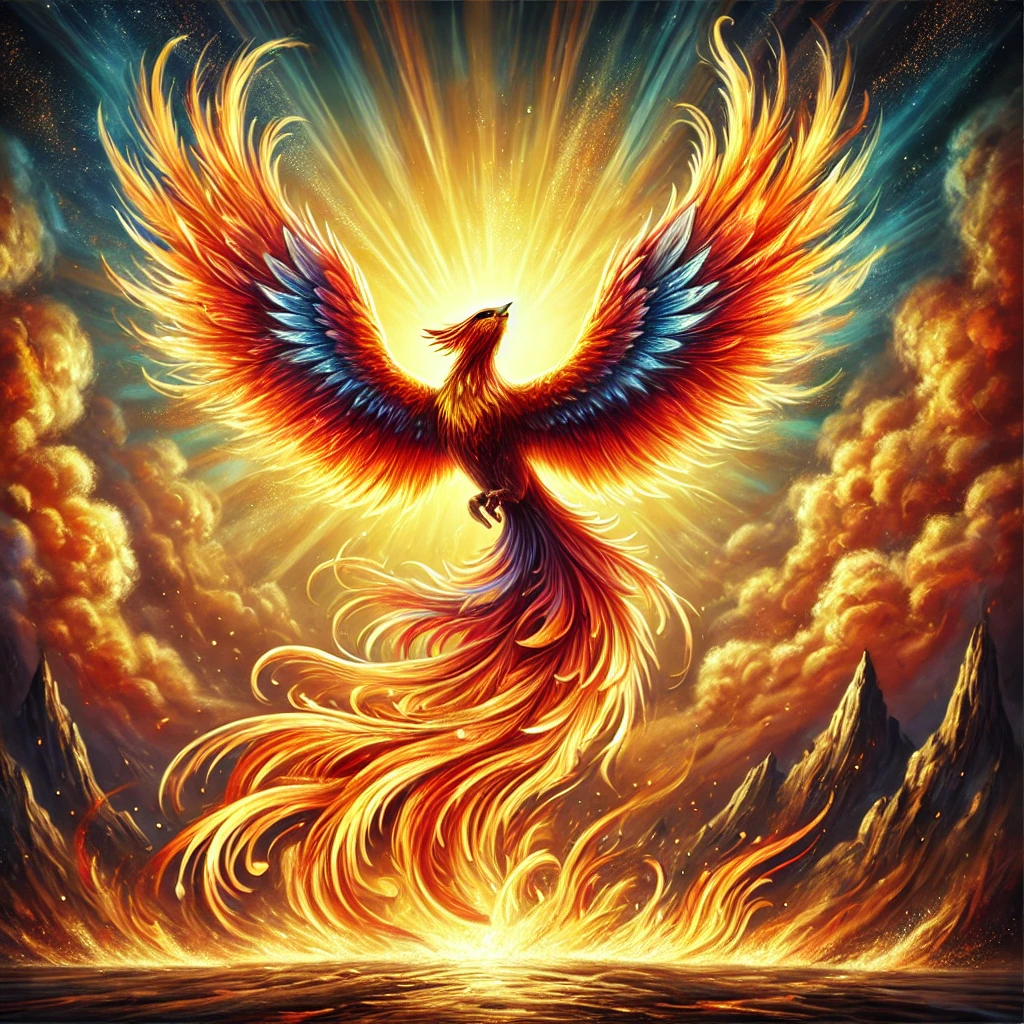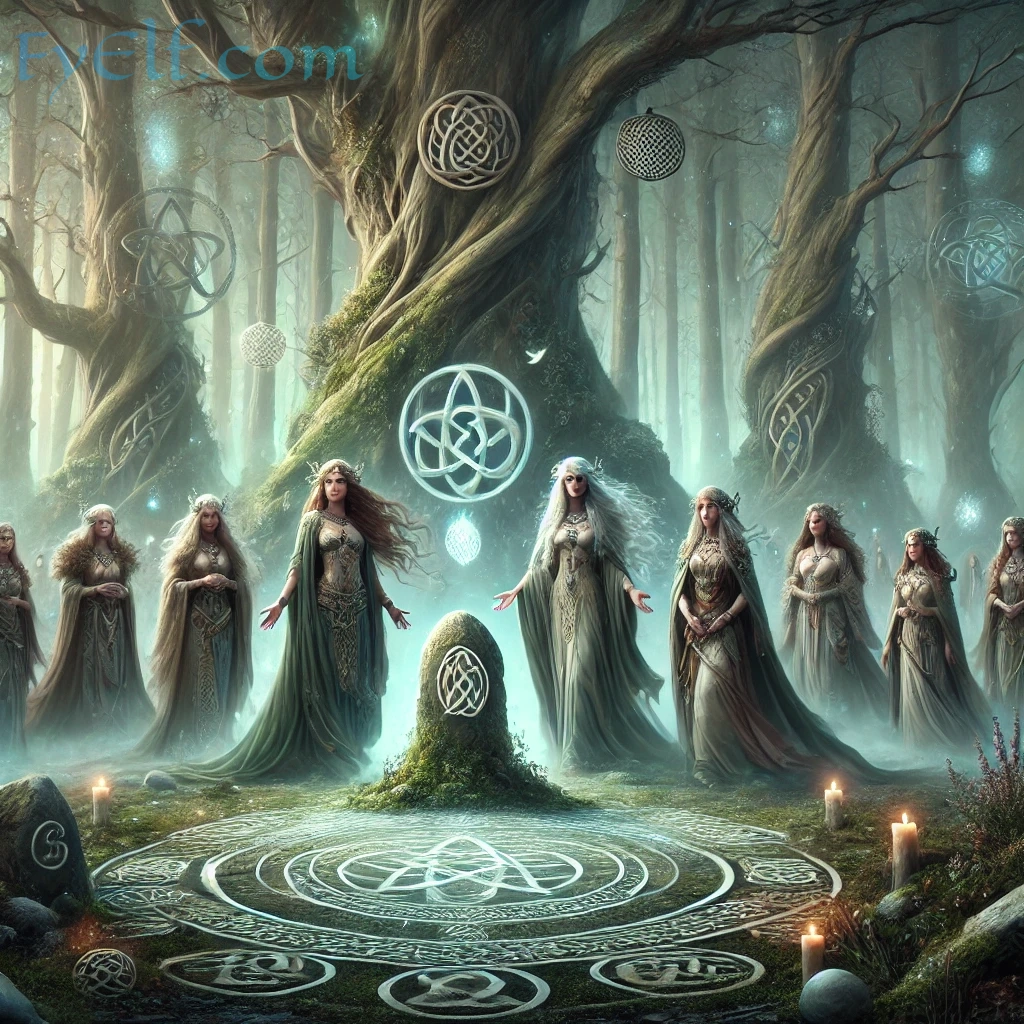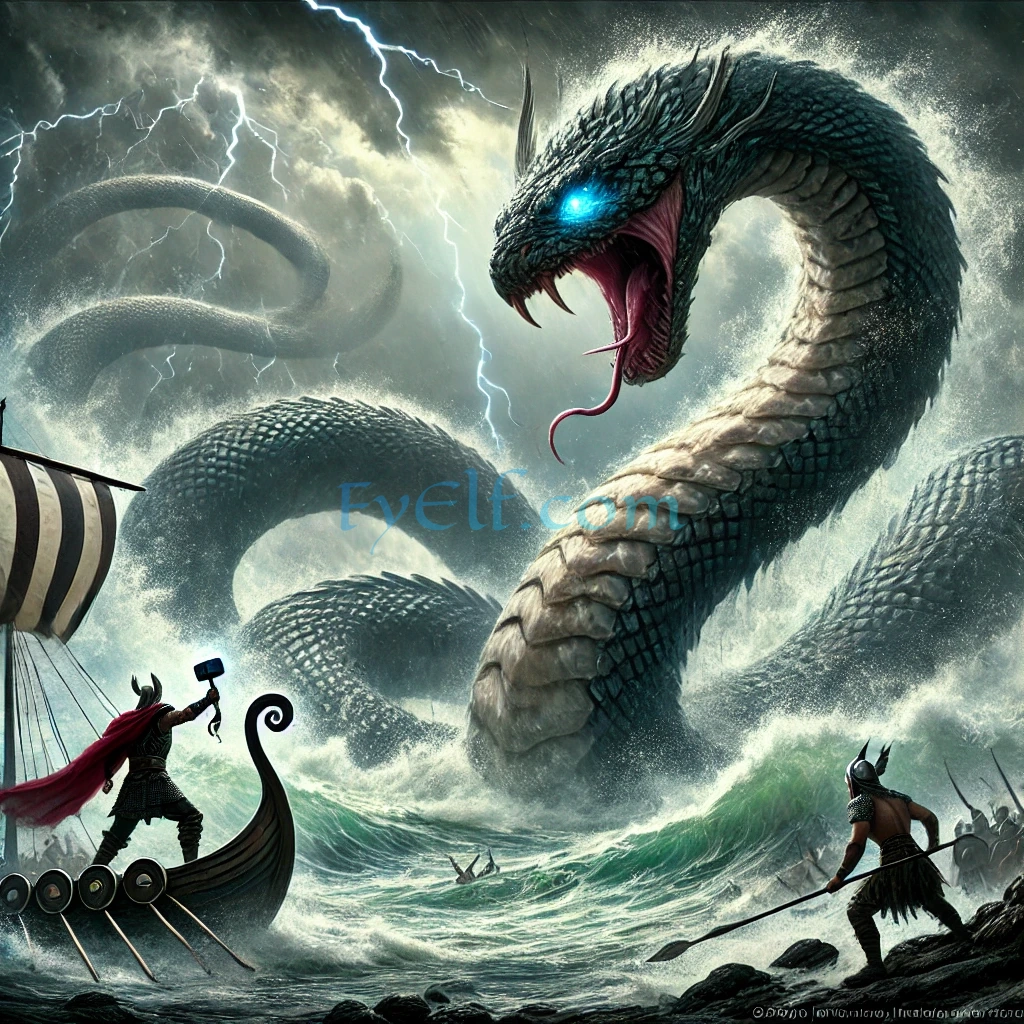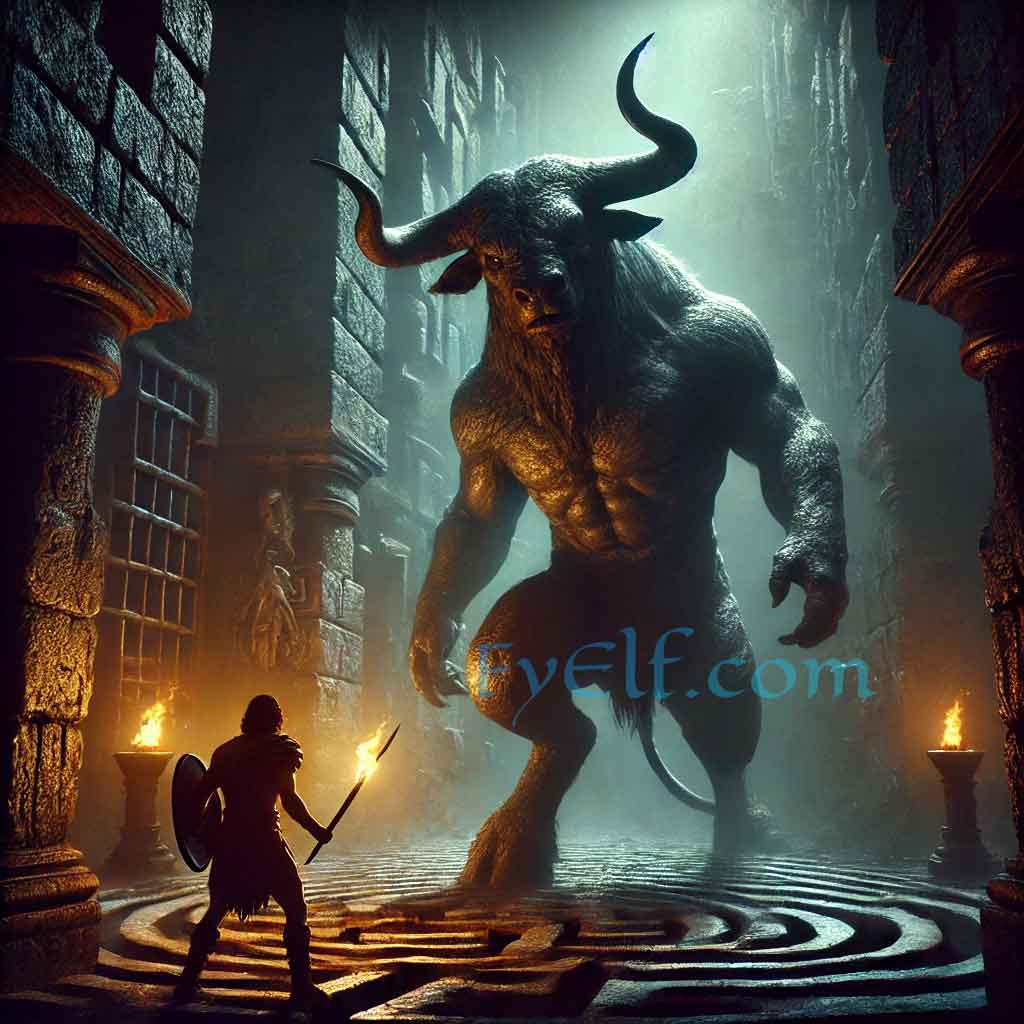The Phoenix is one of the most iconic mythological creatures in the world. Rooted in ancient traditions and carried through various cultures, this legendary bird has come to symbolize rebirth, renewal, and immortality. Its story spans across Egyptian, Greek, Roman, and Asian mythology, making it a universal symbol of the human experience: the cycle of life, death, and rebirth.
In this post, we will explore the rich history and mythology of the Phoenix, its cultural variations, symbolism, and the lasting impact it has had on modern society.
Origins of the Phoenix in Ancient Mythology
The Phoenix’s origins can be traced back to ancient Egypt, where the bird was associated with the sun god Ra and the city of Heliopolis. Known as the Bennu in Egyptian mythology, the Phoenix was considered the embodiment of the sun, rising each morning and setting at night, only to be reborn again at dawn. The Egyptians believed that the Bennu was self-created, representing the eternal cycle of life and death.
In Greek mythology, the Phoenix became a bird that lived for hundreds of years before setting itself on fire, only to rise again from its ashes. The Greeks emphasized the regenerative power of the Phoenix, portraying it as a creature that represents hope, transformation, and renewal. The philosopher Herodotus (5th century BC) documented the myth, stating that the Phoenix would live for 500 years before dying and being reborn.
Roman mythology continued to spread the legend of the Phoenix, associating it with longevity and the concept of eternal life. The Romans, influenced by Greek and Egyptian traditions, viewed the Phoenix as a symbol of the eternal nature of the Roman Empire, reflecting the cyclical nature of civilizations and the hope of renewal in times of decline.
In Chinese mythology, the Fenghuang (often compared to the Phoenix) symbolizes peace, prosperity, and the union of yin and yang. The Fenghuang is a benevolent creature that represents virtue and grace and is often associated with the Empress as a counterpart to the dragon, which is associated with the Emperor.
Cultural Variations of the Phoenix
While the core symbolism of the Phoenix remains consistent across different cultures, each civilization adds unique elements to the legend:
Egyptian Bennu
The Bennu bird, which is closely related to the heron, was believed to have been born from the Ished Tree at the Temple of Ra. It symbolized the cyclical nature of life, the sun, and the Nile River, which floods annually, bringing new life to the land. The Bennu’s association with the sun god Ra reinforced its role as a symbol of rebirth and regeneration.
Greek and Roman Phoenix
In Greek and Roman mythology, the Phoenix is a large, eagle-like bird that dies in flames and is reborn from its ashes. The Greek version of the Phoenix myth was influenced by the Egyptian Bennu but added more fantastical elements, such as the bird’s ability to control fire. Roman emperors like Hadrian used the Phoenix as a metaphor for the longevity of the empire, often placing the bird on coins as a symbol of renewal.
Chinese Fenghuang
In Chinese culture, the Fenghuang is a composite creature made up of various parts from other animals (like the beak of a rooster and the tail of a fish), symbolizing the harmony of opposites and the balance of the universe. It represents virtue, femininity, and the Empress, often appearing in Chinese art, clothing, and architecture.
Persian Simurgh
The Simurgh from Persian mythology is another bird with striking similarities to the Phoenix. It is a benevolent creature that is said to live for 1,700 years before dying and being reborn. The Simurgh symbolizes healing, wisdom, and protection, often serving as a guardian figure in Persian folklore.
Symbolism of the Phoenix
The Phoenix holds deep symbolism that transcends cultures and time periods. Here are the key themes associated with this legendary bird:
Rebirth and Renewal
The Phoenix is most famously known for its ability to be reborn from its own ashes. This symbolizes the idea that life is cyclical, and no matter how difficult a situation may be, there is always the potential for renewal and growth. The Phoenix teaches us that failure or death is not the end, but a necessary stage in the process of transformation and self-discovery.
Immortality
The Phoenix is often seen as a symbol of immortality due to its ability to continuously renew itself. In many myths, it is said to live for hundreds or even thousands of years, emphasizing the idea of eternal life. The Phoenix’s immortality also represents the everlasting nature of the soul, a theme explored in many religious and spiritual traditions.
Hope and Resilience
The Phoenix is a powerful symbol of hope and resilience. Its ability to rise from the ashes signifies that even in the darkest times, there is always hope for a better tomorrow. This theme of perseverance and inner strength makes the Phoenix a universally inspiring figure.
Transformation
The Phoenix’s cycle of life, death, and rebirth reflects the transformative process that humans often go through in their own lives. This could be a physical transformation, such as overcoming illness, or a metaphorical one, such as personal growth or a spiritual awakening. The Phoenix symbolizes the idea that through destruction, we can rebuild ourselves stronger than before.
The Phoenix in Modern Culture
The Phoenix continues to be a powerful symbol in modern literature, film, and art. It has appeared in numerous books, movies, and TV shows, often representing the themes of hope, resilience, and transformation.
Harry Potter and the Order of the Phoenix
In J.K. Rowling’s Harry Potter series, the Phoenix plays a prominent role, with Fawkes, the loyal companion of Albus Dumbledore, serving as a key symbol of strength, loyalty, and the fight against darkness. Fawkes’ ability to heal wounds with his tears and his cyclical rebirth parallels the themes of rebirth and resilience in the face of great challenges.
X-Men: Dark Phoenix
The X-Men series also uses the Phoenix symbol, particularly in the character Jean Grey, who transforms into the Dark Phoenix. This storyline highlights the duality of destruction and creation, showing how immense power can lead to both great good and devastating consequences.
The Phoenix in Popular Brands and Logos
Many brands use the Phoenix in their logos to symbolize rebirth, transformation, and strength. It is a common symbol in industries like technology, where companies often need to reinvent themselves to survive in a competitive market. The Phoenix’s message of renewal and strength makes it a fitting representation of resilience and success.
Phoenix in Art and Jewelry
The Phoenix has long been a popular subject in art, sculpture, and jewelry. From ancient Egyptian amulets to modern-day designs, the bird’s association with immortality and resilience makes it an enduring symbol.
Ancient and Modern Jewelry

In ancient times, Phoenix symbols were used in amulets and talismans to invoke protection, longevity, and renewal. In modern jewelry, Phoenix designs often incorporate fiery colors such as red, orange, and gold, representing the bird’s connection to the sun and fire. Many artisans create intricate Phoenix pieces that symbolize personal growth and transformation, making these items popular for individuals seeking to represent a new chapter in their lives.
The Phoenix as a Personal Symbol
For many, the Phoenix is a deeply personal symbol that represents their journey through difficult times. Whether overcoming illness, dealing with loss, or embarking on a new career path, the Phoenix offers a reminder that rebirth is always possible. Its association with hope and transformation makes it an ideal symbol for those who have undergone personal struggles and emerged stronger.
Conclusion
The Phoenix stands as one of the most powerful symbols of rebirth, immortality, and transformation, echoing across diverse mythologies from ancient Egypt to modern interpretations in art and literature. Its timeless message of rising from the ashes after destruction continues to inspire both individuals and cultures alike, symbolizing resilience and the enduring human spirit.
If you’re fascinated by the Phoenix and its role in mythology, you can explore a wide range of other legendary beings, such as dragons, elves, and faeries, that share similarly rich stories of transformation and power. Dive deeper into these captivating legends by visiting our Mythical Creatures category. This will take you to an expansive world of myths and creatures, each with their own story of intrigue and magic.




